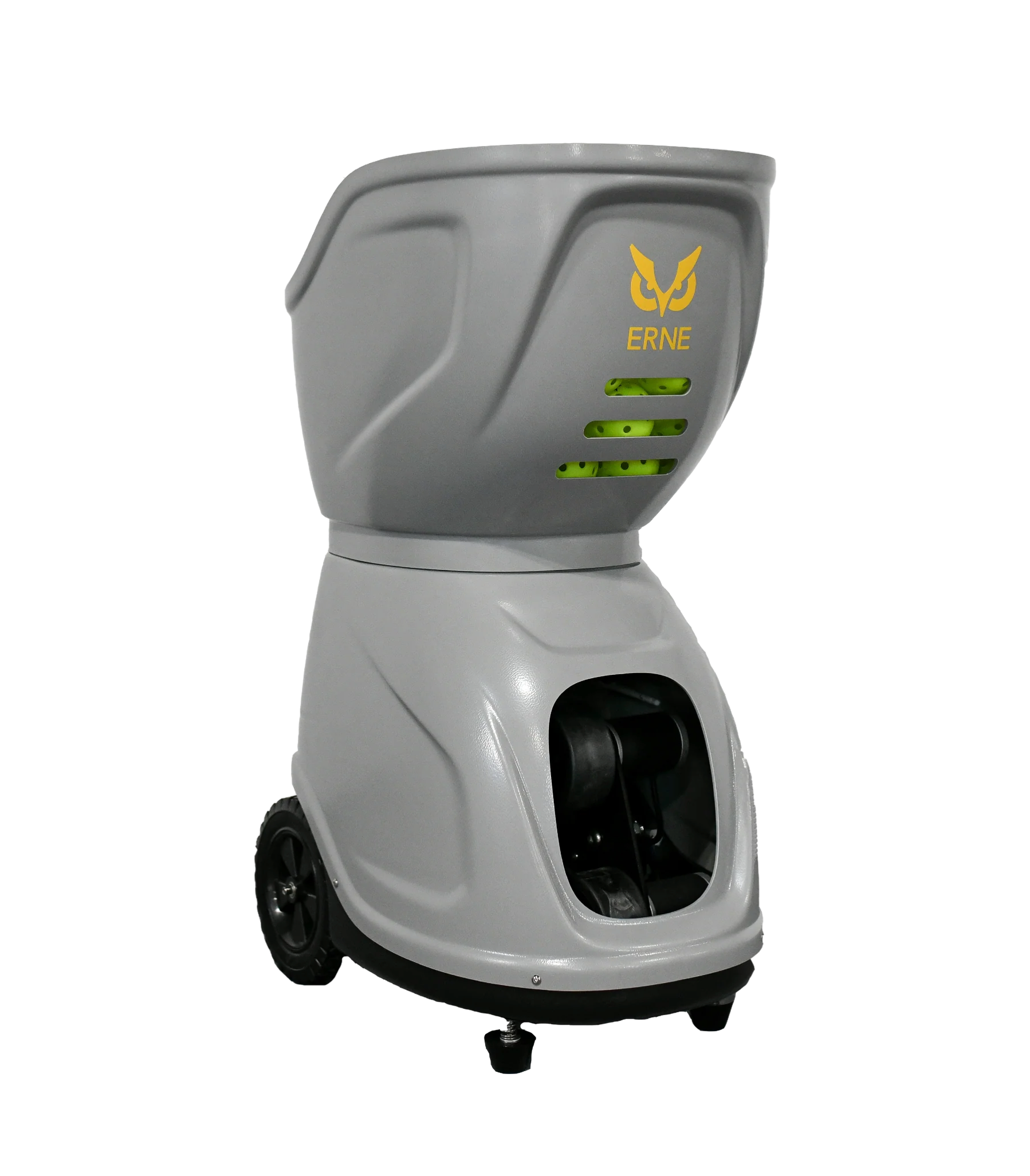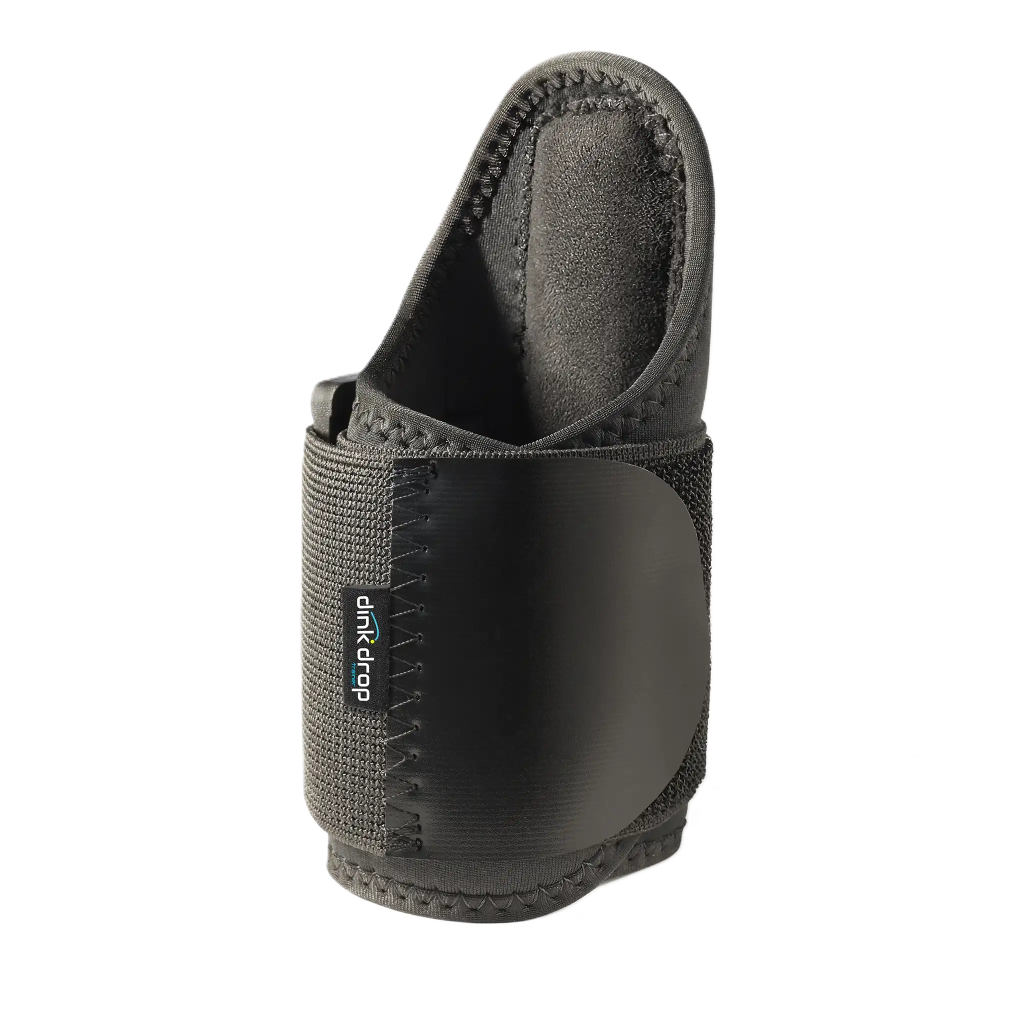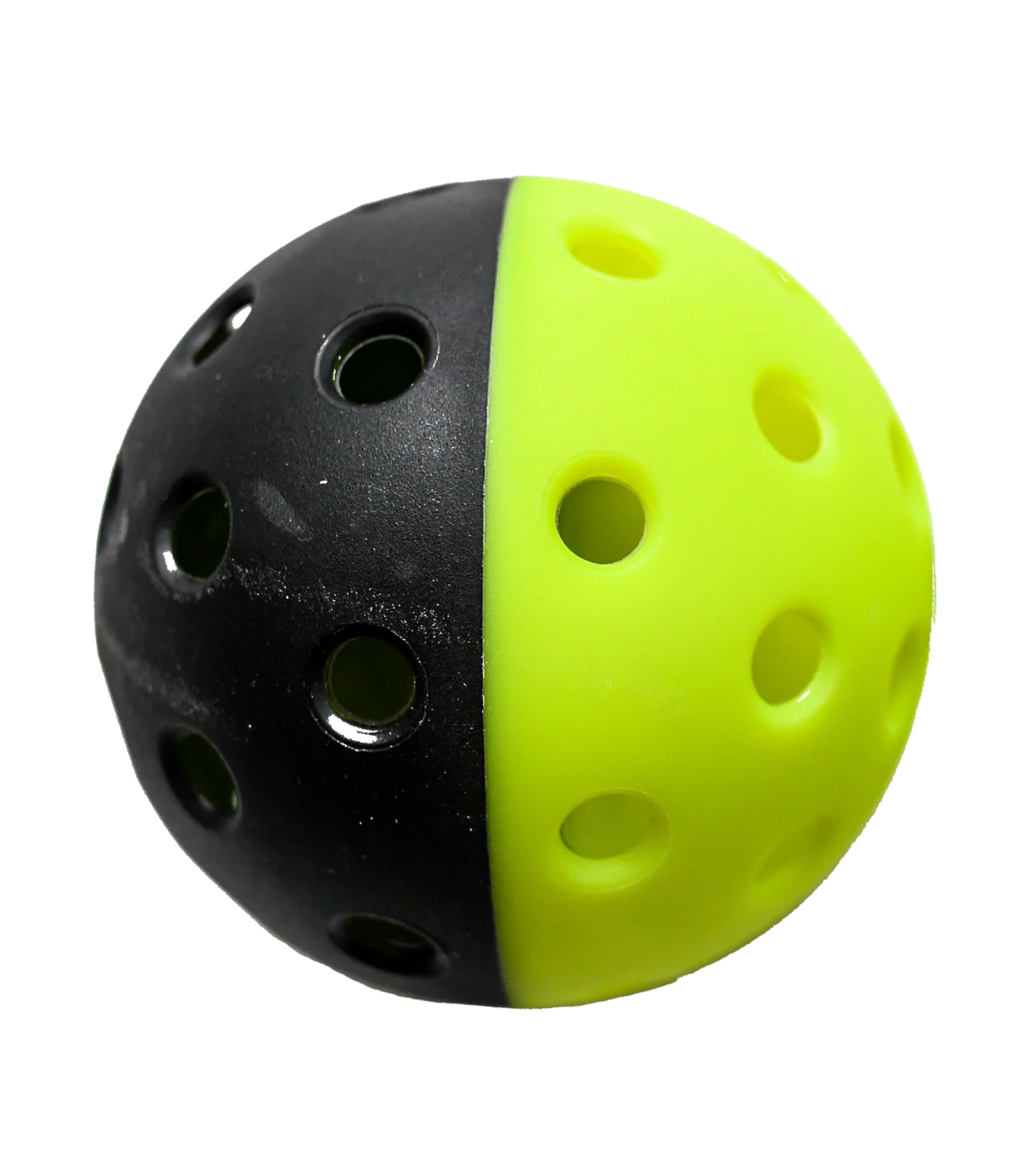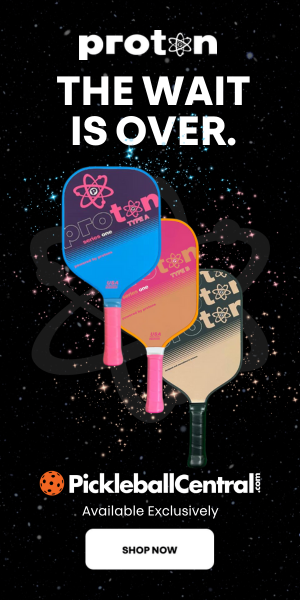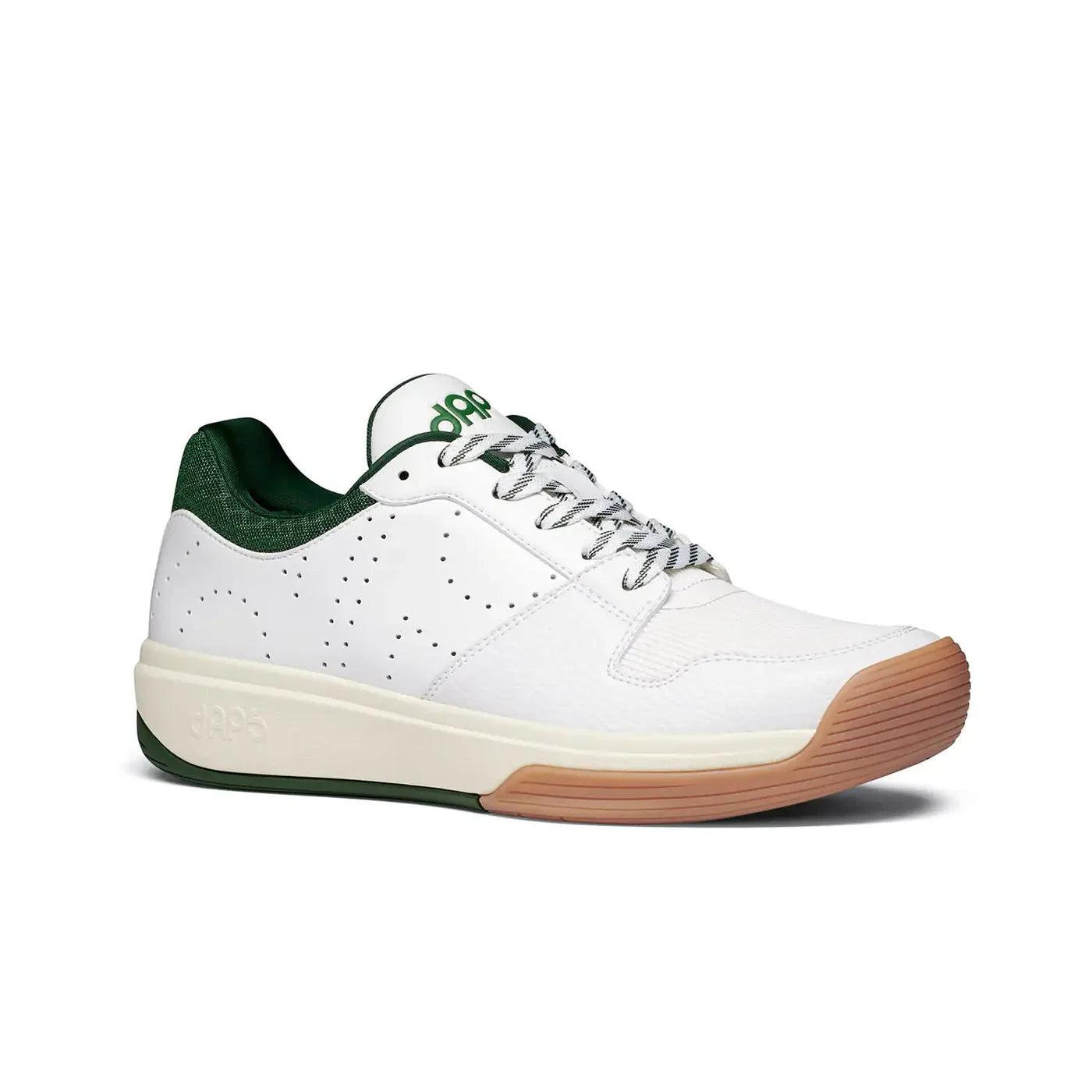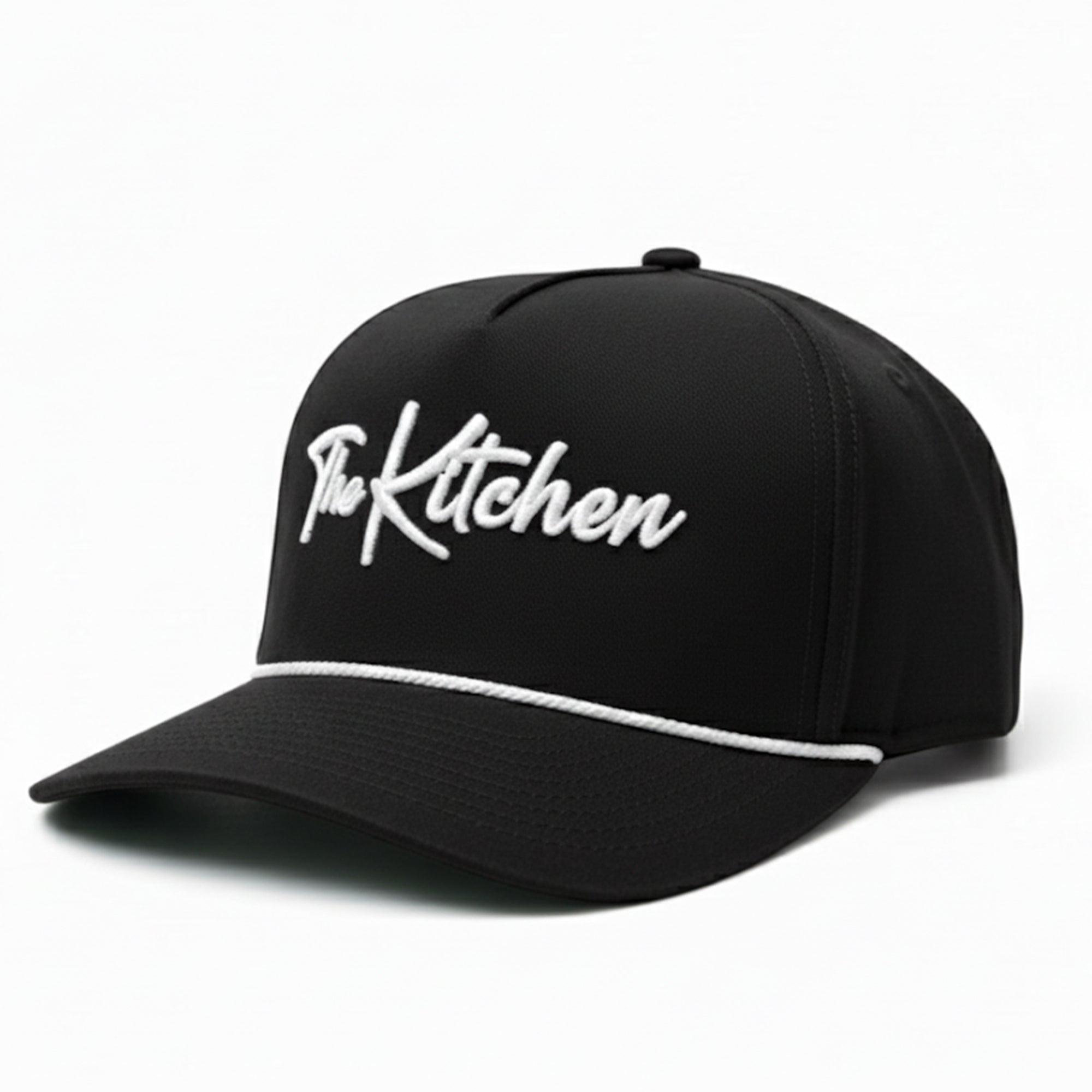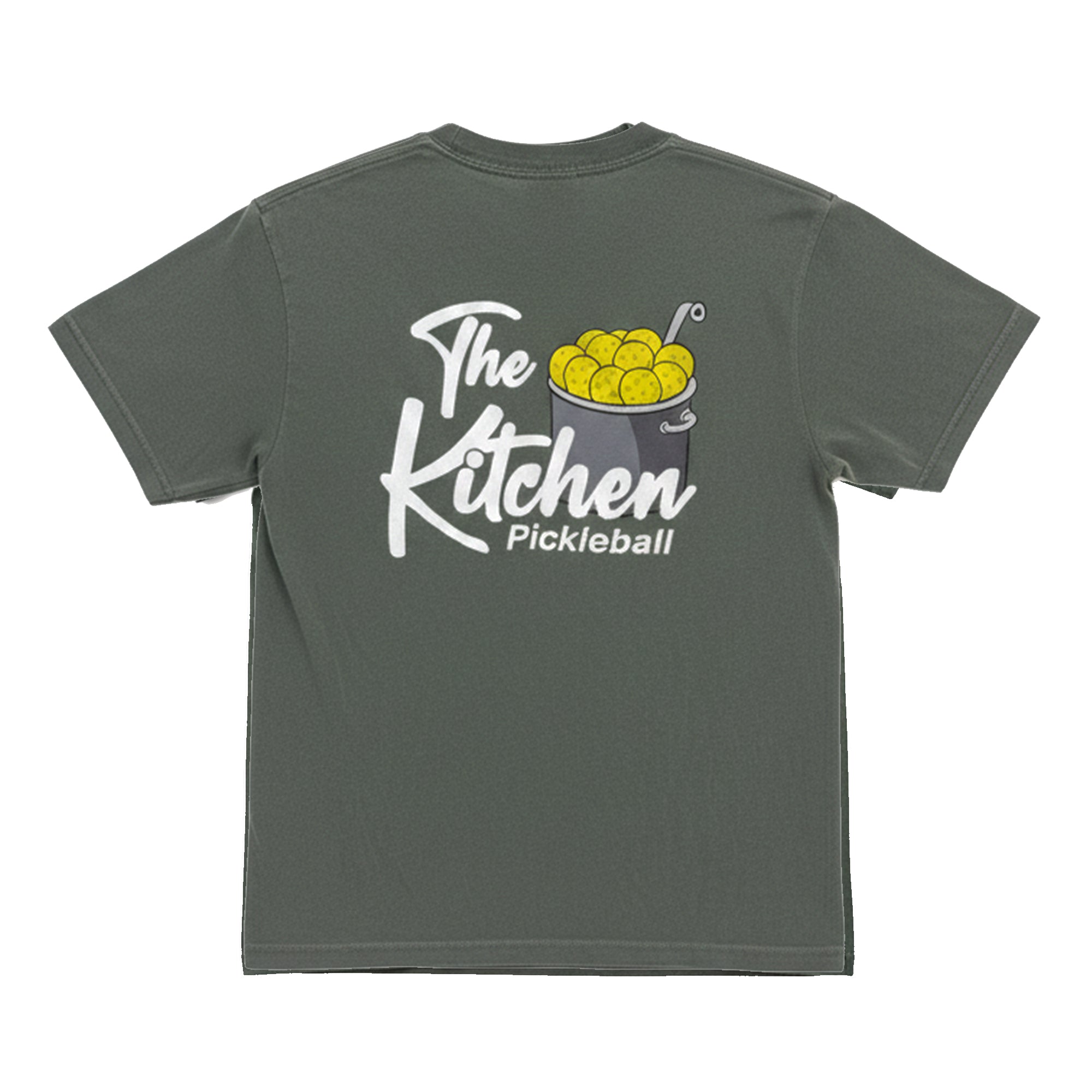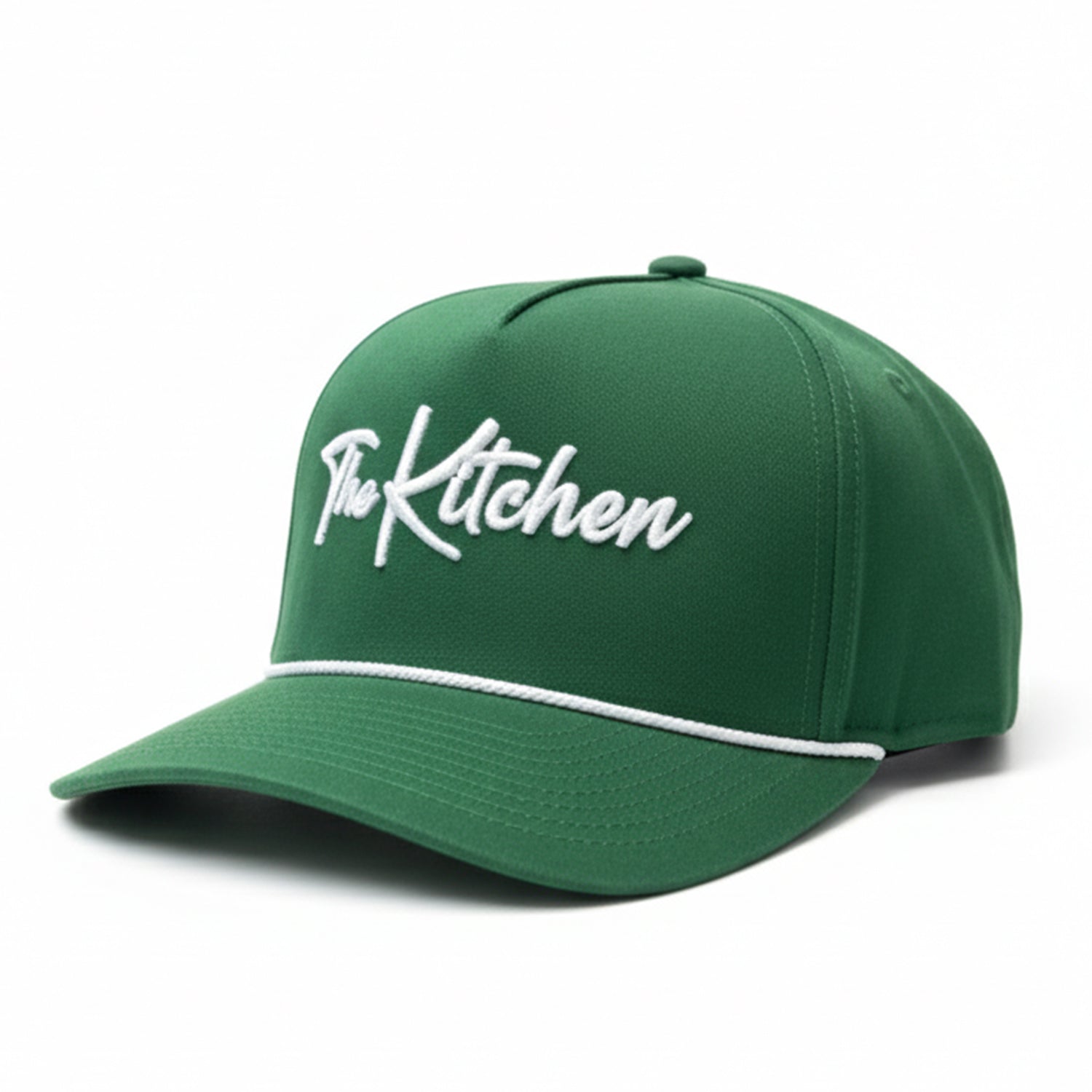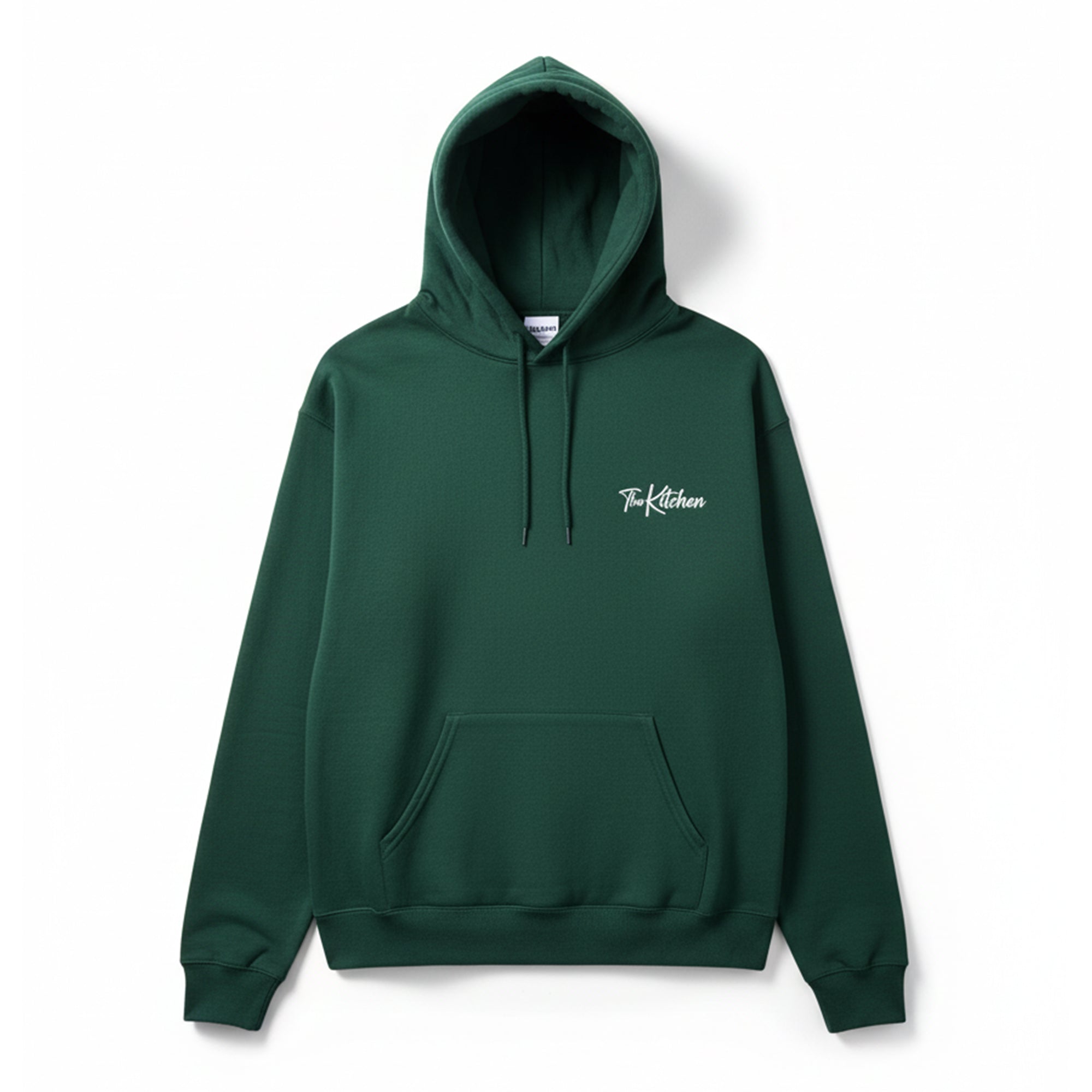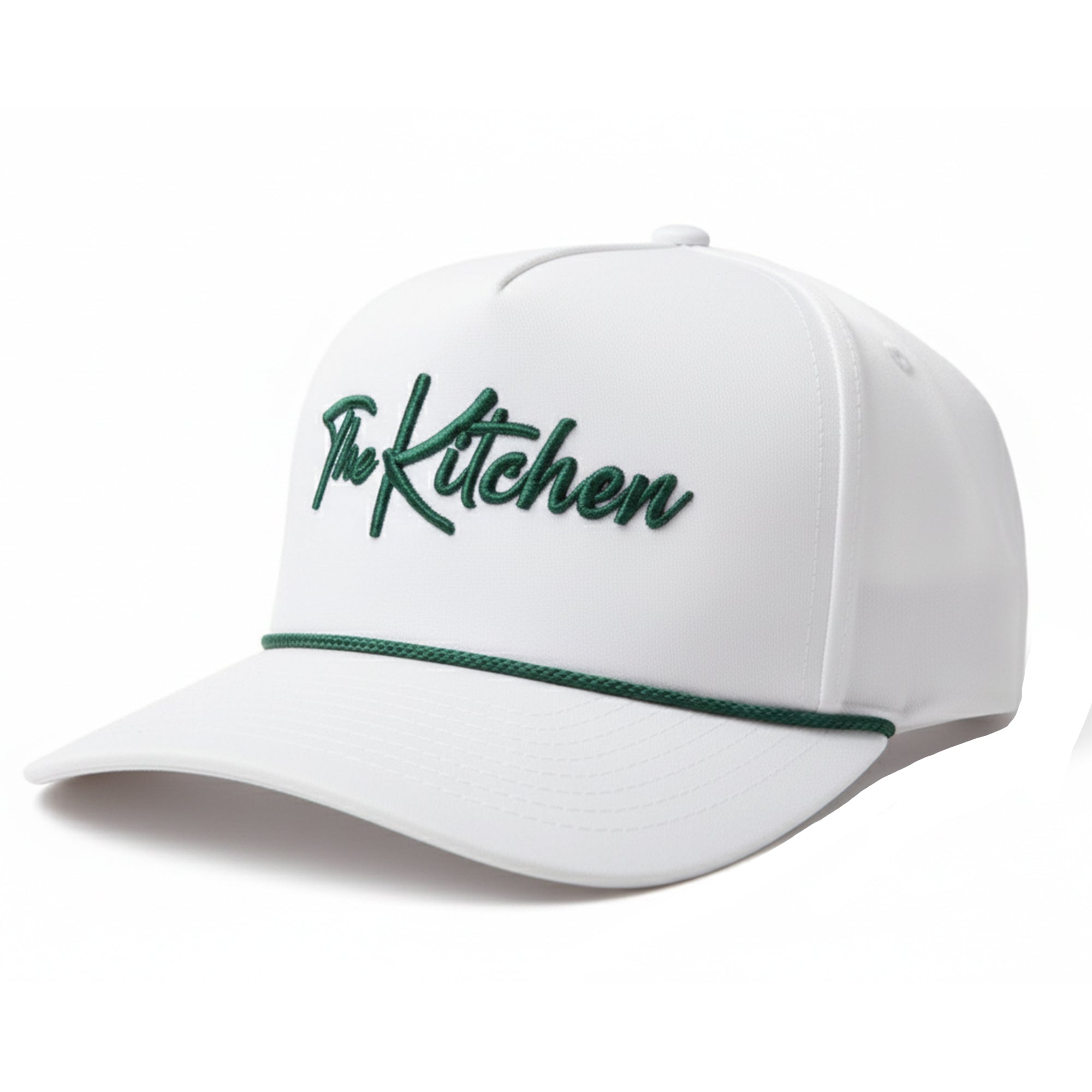Need to Fine-Tune Your Pickleball Volleys? Try a Training Paddle
Last Edited
Mar 27 2025
Category
Gear
Jack Munro here. As a professional pickleball player, I’m always on the lookout for innovative ways to train for better pickleball to gain an edge on the court.
Recently, three other young pros and I took on the challenge of playing a game using mini Sweet Stick Training Paddles.
These paddles are designed with a much smaller sweet spot and a more compact shape, which made the game quite an interesting and educational experience.
Here are some valuable lessons I learned during this unique game (see the video below).
Less Power, But More Whip
One of the most noticeable differences when using mini sweetspot trainer paddles is the significant reduction in power.
The smaller surface area and reduced mass mean that you simply can’t generate the same force behind your shots as you would with a standard paddle.
However, there’s a silver lining: the reduced weight and size of the paddle allow for much faster hand movements. This results in increased maneuverability and quicker reaction times, especially during fast exchanges at the net.
The lack of power means that your usual muscle memory might betray you. Shots that would normally sail over the net with ease, like drops or dinks, will often fall short.
To compensate, you’ll need to swing harder—sometimes twice as hard—just to achieve the same result.
This adjustment forces you to be more mindful of your stroke mechanics and to focus on generating power through increased racket head speed rather than relying on the mass of the paddle.
Change in Strategy
The game changes when you’re using a paddle that lacks power & size.
Speedups, or fast-paced exchanges, still hold their value because of the enhanced hand speed you can achieve with these paddles.
But I discovered that lobs, often underutilized in standard play, became particularly effective in this scenario.
Without the ability to easily put away a ball, lobs caught us off guard and were difficult to counter.
Spencer, one of the pros I played with, delivered a masterclass in using lobs strategically, proving just how effective this shot can be when your opponents are struggling to generate power.
Read Next: How You Should Serve in Pickleball, According to a Pro
This experience highlighted the importance of adapting your strategy to your equipment.
With less power at your disposal, you’re forced to rely more on placement, spin, and shot selection.
It was a reminder that even in high-level play, there’s always room to learn and incorporate new strategies.
Who are Trainer Paddles For?
As a pro, I’m always open to trying out new gadgets and methods to enhance different aspects of my game, but it must be said that using a training paddle requires you to recalibrate your power and spin.
In a match situation, you’ll never use a paddle with such a small sweet spot, so why condition yourself to play with one?
That said, I do see some benefits to using a pickleball training paddle:
Sweetspot trainer paddles could be particularly useful for training reflex volleys and improving your touch at the net.
In high-speed hand battles, a well-placed counter can often win the point. Training with a sweetspot paddle forces you to focus on precision and control, which can sharpen your reflexes.
Many players struggle with shanking volleys, especially under pressure. Using a sweetspot trainer paddle could help reduce shanks by forcing you to hit the center of the paddle more consistently.
While it might not dial in the correct amount of power, it will certainly improve your accuracy, making you less prone to mishits.
In the end, playing a game with mini pickleball paddles was both challenging and enlightening. It taught me the importance of adaptability, precision, and strategy in ways I hadn’t fully appreciated before.
While I may not fully endorse sweetspot trainer paddles for regular practice, I can see their value in specific training scenarios.
If you’re a player looking to fine-tune your volleys or improve your reflexes, it is worth giving them a try.
Just know that sticking to a paddle that more closely resembles what you’ll use in a match is likely the better path to improvement for match play.
Jack Munro plays on the PPA, APP, and MLP Tours and currently plays for the Chicago Slice. While he's been playing since he was 10 years old, he's officially been on the pro circuit for about 2 years.
Find out more about Jack on his website, and follow his YouTube and Instagram accounts.
